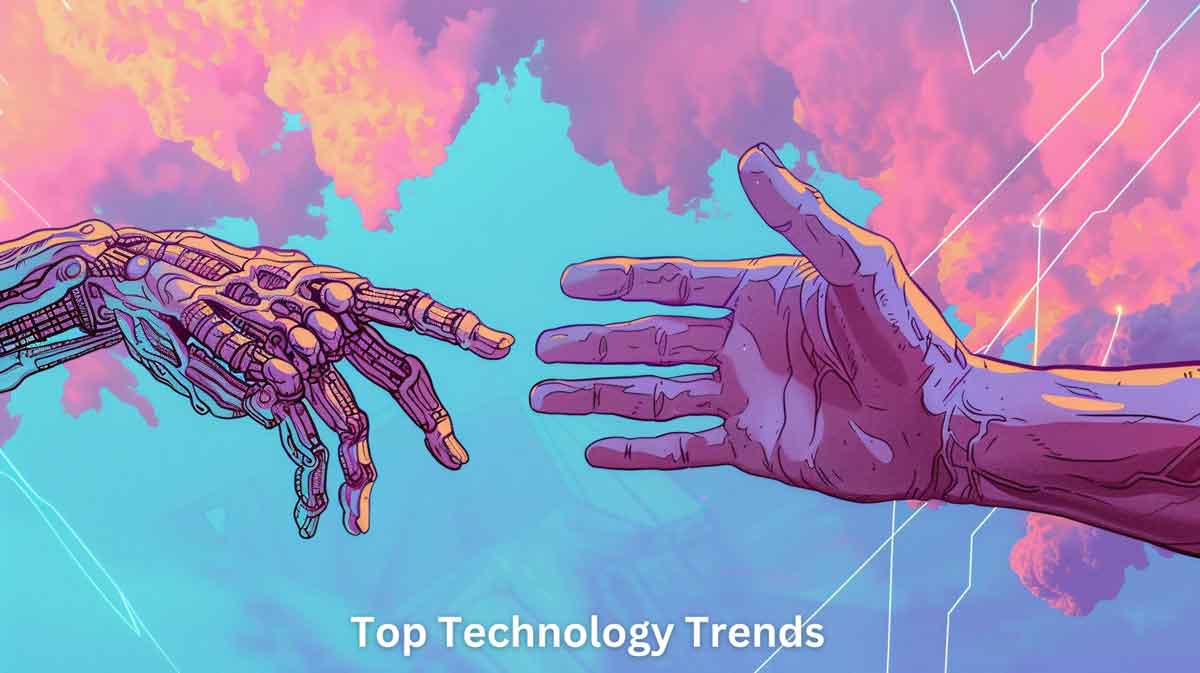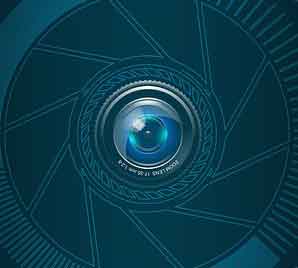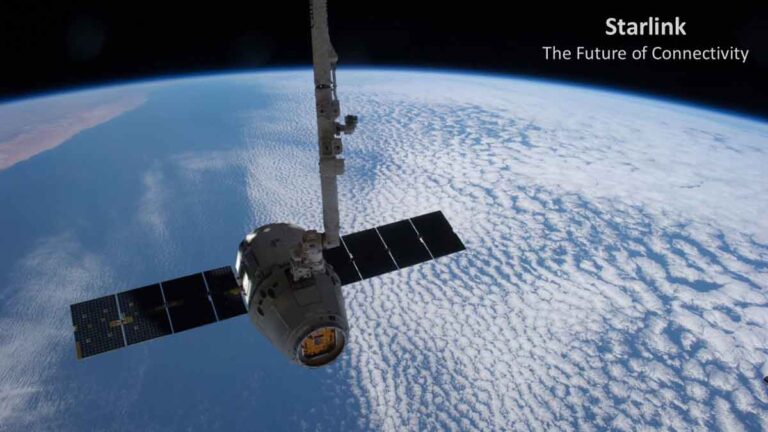Top Technology Trends for 2025: A Comprehensive Guide

Top Technology Trends
As we navigate 2025, the technological landscape is undergoing seismic shifts, driven by progress in artificial intelligence, quantum computing, and sustainability. These innovations are redefining industries and transforming how we interact with the digital and physical worlds. Below, we explore the top technology trends of 2025 and their implications for businesses and society.
Agentic AI: Autonomous Decision-Making Systems
Agentic AI represents a leap beyond traditional AI models, enabling machines to act autonomously without human intervention. These systems analyze vast datasets, make decisions, and execute tasks across sectors like healthcare, finance, and logistics. For instance, self-driving cars and AI-driven supply chain management are now realities, improving efficiency and reducing operational costs.
Generative AI: Revolutionizing Content Creation
Generative AI tools like OpenAI’s GPT-4 and DALL-E4 are transforming creative industries by producing text, images, and videos at scale. Businesses leverage these tools for personalized marketing, product design, and customer engagement. However, search engines are increasingly filtering out generic AI content, emphasizing the need for human-curated insights and originality.
Key Applications:
- Automated blog posts and social media campaigns.
- Real-time customer service chatbots.
- Dynamic product descriptions for e-commerce.
Quantum Computing: Solving the Unsolvable
Quantum computing, powered by principles of quantum mechanics, is unlocking breakthroughs in cryptography, drug discovery, and material science. Companies like Google and IBM are racing to develop processors capable of solving problems deemed impossible for classical computers. For example, Google’s 105-qubit Willow processor can perform calculations in minutes that would take traditional systems millennia.
Spatial Computing: Merging Physical and Digital Realms
Spatial computing, which integrates augmented reality (AR), virtual reality (VR), and AI, is revolutionizing industries like education, healthcare, and retail. Apple’s Vision Pro and Microsoft’s HoloLens are leading the charge, offering immersive training simulations and virtual product try-ons.
Market Growth: Projected to reach $1.7 trillion by 2033, this technology enhances user engagement through interactive 3D environments.
Sustainable Technology: Powering a Greener Future
With climate change at the forefront, it sees a surge in sustainable tech innovations. Nuclear energy is emerging as a clean power source for AI infrastructure, while advancements in carbon capture and renewable energy aim to reduce global carbon footprints. Companies like Microsoft and Google are transitioning data centers to 100% renewable energy, setting new industry standards.
Neuromorphic and Neurological Enhancement Technologies
Neuromorphic computing mimics the human brain’s neural architecture, enabling faster, energy-efficient AI processing. Meanwhile, bidirectional brain-machine interfaces (BBMIs), pioneered by Neuralink, are enhancing cognitive abilities and revolutionizing healthcare.
Industry Impact:
- Healthcare: Real-time patient monitoring and neuroprosthetics.
- Marketing: Analyzing consumer emotions through neural data.
Conclusion
These top Technology trends are not just futuristic concepts – they are actively reshaping industries, consumer behaviors, and digital marketing strategies. Businesses can stay ahead of the curve by understanding trends like Agentic AI, quantum computing, and spatial computing.





